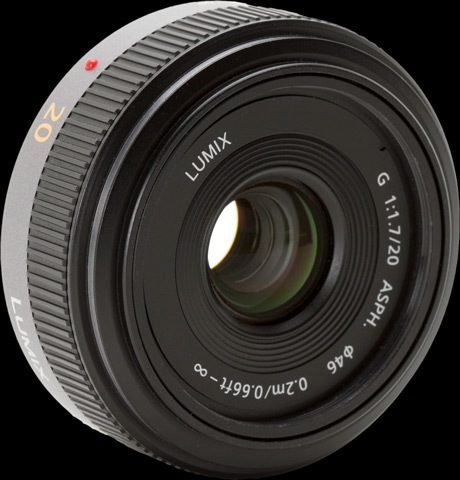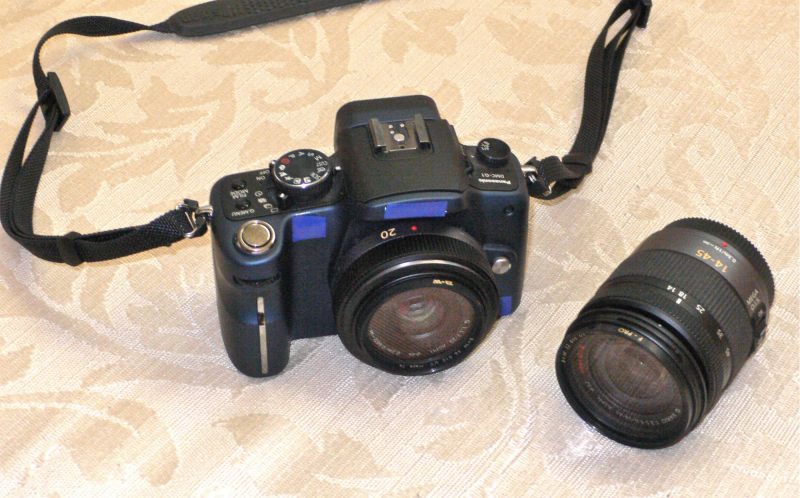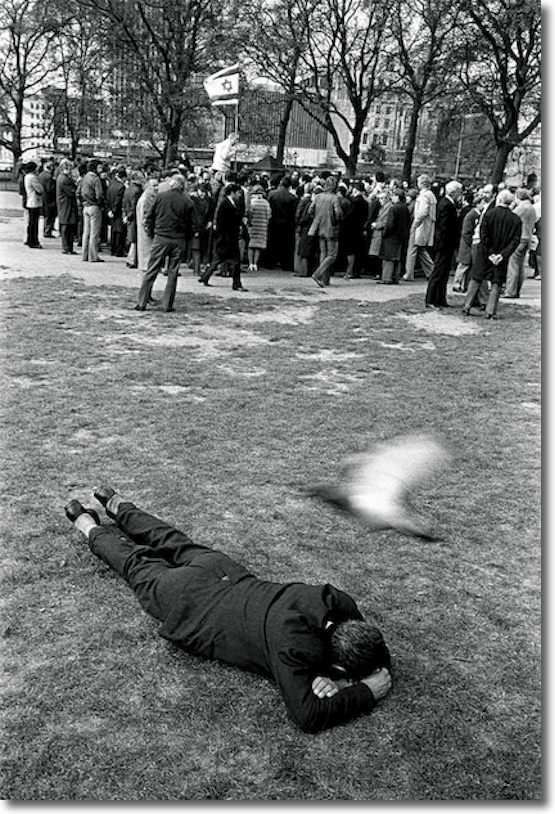State of the art?

Those in the prediction business usually have a hefty supply of egg at their keyboard, newly removed from their face. Egg-on-face is a common affliction for those who claim to see the future.
Some examples:
‘No one will need more than 637Kb of memory for a personal computer’ – Bill Gates
‘There is no reason anyone would want a computer in their home.’ – Ken Olson, 1977, Digital Equipment Corporation
‘Radio has no future.’ – Lord Kelvin, 1897
And, my favorite, given the nature of my day job, which is managing money:
‘Stocks have reached what looks like a permanently high plateau.’ – Irving Fisher (1929)
So when I try to play at the prediction game in these pages, caution tends to be the order of the day. Heck, no one saw the internet coming so who am I to dust off the crystal ball?
But, sometimes, you luck out, and when I wrote the following five years ago in a piece titled ‘It’s the Software, Stupid”, even my sternest critics might agree that the closing to that piece was on the mark:
“And who will be the genius designing these new ‘lenses’? It won’t be a god the likes of Max Berek or Walter Mandler in Wetzlar. It will be some kid who is really sharp at coding who happens to like a superb picture from the one ounce piece of plastic passing for a lens attached to his camera. The great days of optics are yet to come and their designs will emanate from the keyboard of some unknown master even now getting his lips around the teat on that plastic milk bottle.”
Well, the 20mm Panasonic MFT lens is not quite a ‘one ounce piece of plastic’, but it’s close. And while Panny was still making toasters and LP players when the design geniuses at Leitz were creating some of the greatest optics in the Old World (before computers) they now find themselves using Panny’s brains in a quixotic effort to sell jewelry at prices only collectors can afford. Because the state of the art in optical design has shifted a few thousand miles east and is now in Tokyo, not in Wetzlar.
I first wrote about the Panasonic 20mm MFT lens six months ago, and proving my own dictum about egg-on-face concluded:
“So why am I not rushing out to buy one? Well, I very much intended to when it was first announced but, frankly, I have become so enamored of the kit lens with its exceptionally useful 14-45mm (28-90mm on full frame) zoom range in a very small package that I no longer want to be burdened with the task of swapping lenses when snapping on the street.
The little Panny now resides on my G1 and I’m busy cleaning the egg up.
Why did I buy it? Well, I like small and unobtrusive. I like cheap – the Panny is under $400. I like sharp – the Panny is that in droves. And I don’t like the prospect of waiting another year until the Fuji X100 becomes available at non-black market prices. Why, if Panny wakes up, it will make a small MFT body with a proper, built-in finder, like Fuji’s, and allow me to use my Panny and Olympus lenses on it. And I’m not the only one to notice that Fuji has a huge winner on its hands. Users want small, simple and fast and they are beginning to realize that clunky, loud, heavy DSLRs may not quite be what the doctor ordered. The iPhone is a whole lot easier to take with you than that DSLR outfit, which increasingly remains at home ….
Some historical context is also relevant. Since I started seriously street snapping in 1971, you would have found but one camera and lens slung around my neck – a Leica M and a 35mm Summaron or Summicron – for 35 of those 40 years. I did not need a zoom, (not like it was an option, in any case), I had no issues about getting in close and the gear delivered. Well, it delivered most of the time, except when I got the focus or exposure wrong because I was in a hurry. So a fixed focal length lens, modestly wide, is pretty much in my genes by now. Zooms are nice, although they come with lots of compromises, like bulky mediocre optics and smaller apertures, though Panny has done such a superb job with their 14-45mm kit zoom that there was little room for grumbling, even if the maximum aperture range of f/3.5 to f/5.6 was nothing to write home about. The lens focuses fast, it’s very small and the optical quality is outstanding at any aperture.
That kid programmer at Panasonic knew that the optimal design compromise was not the Wetzlar way, where you struggle mightily to make a bunch of lenses cast a flat picture. That’s costly, takes a lot of fancy glass and it’s just plain wrong. Better, make a half-decent optic loaded with aberrations, then have the camera’s computer fix what ails it. By the time your Panny original file hits Lightroom or Photoshop, all those nasty spherical and chromatic aberrations have been well and truly removed by a few chips and a bunch of code in the camera’s body. Purists aver that this is wrong. They say there should be no software correction as it simply means the lens is bad. Then again, these are the same people who get off on critiquing the out of focus areas in a picture (I kid you not – these twits go on about ‘bokeh’ like it has something to do with a good photograph). Let’s move on and leave them to their mental masturbation.
Tomorrow I’ll publish some snaps from this little wonder but meanwhile, a few quick words:
- It’s very sharp at all apertures.
- It’s slower to focus on my G1 than the kit zoom – 1/2 second compared to 1/4, but still five times faster than your Leica M
- Unlike the kit zoom, it’s not silent. You can hear it in a quiet room. Not an issue for non-movie snappers.
- It comes without a hood which is great. Hoods are a waste of money and space with modern glass.
- It will not make your G1 pocketable, but it gets close. It’s that small.
- Construction quality is outstanding.
- Used correctly the manual focus ring gets you critical focus in any light condition, thanks to the auto-magnification in the EVF. There is simply no way any RF camera can compare, and those who tell you otherwise have simply not tried a G-bodied EVF or do not know how to use it.
- And take it with you you will, as camera and lens weigh little more than your crappy point-and-shoot. And the only good camera is the one you have around your neck.

The Panasonic 20mm on the G1, with the kit lens. Did I say ‘small’?
Now, without furter ado, I’m putting my money where my mouth is, my shoe leather on the sidewalk, and will return with some snaps tomorrow.
Before I go, here’s one from the Old World:

Speakers’ Corner, Hyde Park, London. Leica M3, 35mm Summaron, TriX. Taken in 1976.
Part II is here.